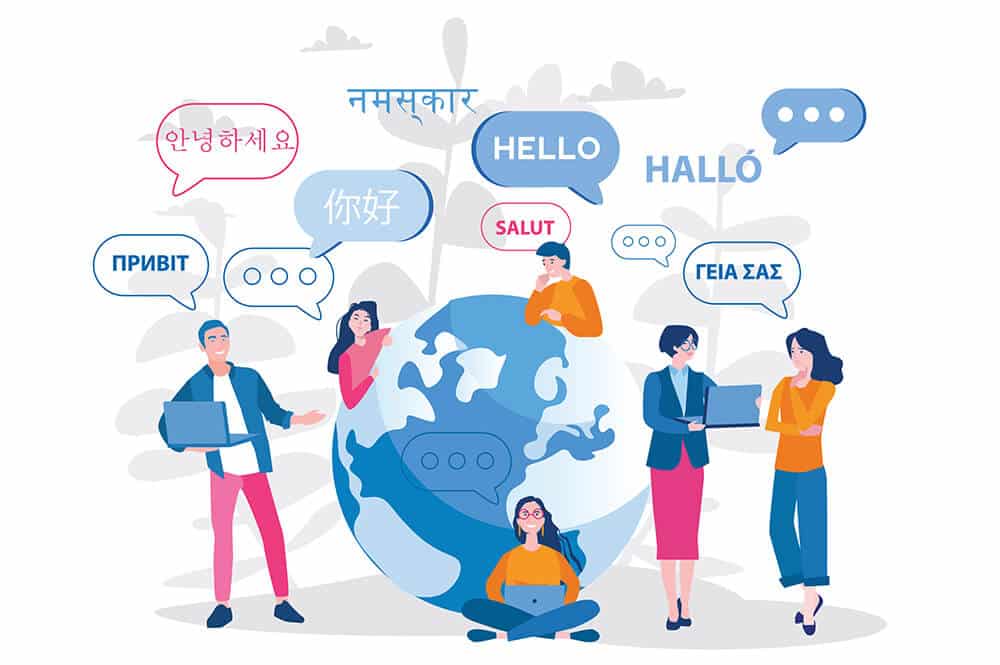Any company that needs to have language interpretation needs to know the right service for them as there are many different types. There are two main types of interpretation; simultaneous and consecutive. When businesses need to find interpretation services, these are the two most common that are required and each has their own issues and benefits. It is important for any business to understand the services that they are paying for and it can be a hassle to find out the day of an event that what was wanted was not actually the service that was obtained. So, before you hire any type of language interpretation service, read below so you know exactly what each type entails.
Simultaneous Interpretation
When you hire simultaneous interpretation services, you are getting interpretation that happens simultaneously as the presenter is speaking. The interpreter listens to what the presenter says and then immediately translates it into the language required to those who need it. In some cases, there can be more than one interpreter if there is more than one other language that is spoken at the conference or event. The interpreter or interpreters sit in booths so they are not distracted by external noise and listen to the presenter by way of a headset.
One of the problems of this type of interpretation is that there can be mistakes in the interpretation due to the quickness of the delivery. In order to mitigate these issues, it is wise to offer the interpreters a transcript of the speech so these mistakes are not made. It can be very difficult and tiring to do this type of interpretation particularly when the presenter is on the podium for a long period of time. In order to handle this type of situation, companies typically hire more than one interpreter for each language to be rotated out.
Consecutive Interpretation
Consecutive interpretation is not as smooth flowing as simultaneous as there is a break from the presenter in order for the interpreters to do their job. This means that there are long pauses in the speech that can make the entire process more tedious than simultaneous interpretation. For the interpreter however, it is much easier because they can get breaks in their interpretation when the presenter is speaking. There is no need to hire extra interpreters for break times as they have less of a need for breaks since they are not interpreting continuously. This type of interpretation doesn’t generally occur during large conferences due to the time limitations and is used more for smaller gathering such as medial interpretation, small business meetings and during court or trial proceedings.
All companies will have a need for interpretation services as most large cities have a conglomeration of different language speakers. It is vital to understand the two main types of translation services so that you can hire the appropriate type for your needs. Simultaneous interpretation is handled at the same time as the speaker and consecutive allows for pauses for the interpretation. It is important to understand this difference before hiring interpretation services.

